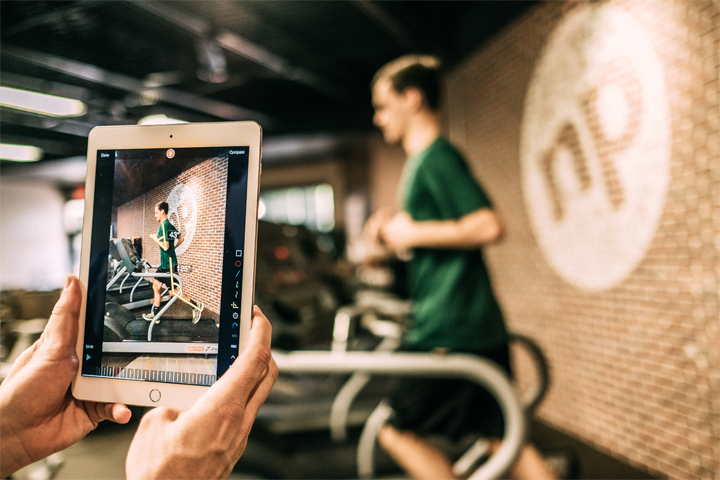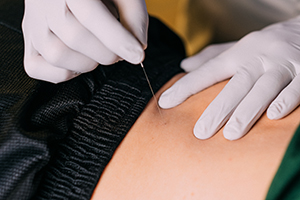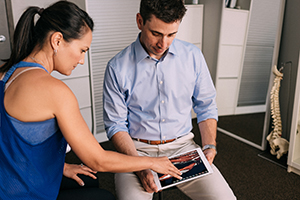
Knee
- Patellar tendonitis
- Patella tracking
- Patella Femoral Pain Syndrome
- Knee Bursitis
- Hamstring strains
- Osgood Schlatters Disease
- Ankle
Shin Pain
Peroneal tendonitis
- Posterior Tibialis Tendontinis
- Sprained Ankle
- Weak Ankles
- Spine
Spondylosis
Spondylolithesis
Chronic low back pain
- Disc bulging or herniation
- Sacroilliac joint (SIJ) pain
- Scoliosis
- Sciatica
- Temperomandibular joint (TMJ)
- Foot
- Plantar Fascitis
Heel Pain
Turf toe
- Foot and Ankle problems in Dancers
- Mortons Neuroma
- Bone
- Stress Fractures
- Post surgical fractures
- Osteoporosis
- Hip
- Trochanteric bursitis
- IT band pain
- Adductor strains
- Osteitis Pubis
- Hip flexor strain and impingement
- Proximal hamstring strrain
- Femoral acetabular impingement (FAI)
Shoulder
- Impingement
- Rotator cuff tendonitis
- Rotator cuff tears
- Biceps tear
- Labral tears
- Scapula dysfunction
- Instability
- Seperated Shoulder
- Shoulder pain in baseball players
- Post-surgical physical therapy and rehab
- Post hip arthroscopy
- Rotator cuff repair
- Labral repairs
- Anterior Cruciate Ligament (ACL) repair
- Medial or Lateral Cruciate ligament repair (MCL/LCL)
- Posterior Cruciate Ligament repair
- Meniscectomy
- Arthroscopic Mensical repair
- Ankle reconstructions
- Spinal microdiscectomy, laminectomy and fusion
- Joint replacements
- Shoulder joint replacement
Hip Replacement
Knee Replacement
- Elbow
- Golfers elbow
- Tennis elbow
- Biceps Tear
- Neurological compression in elbow
- Wrist and Hand
- Carpal Tunnel Syndrome
- Dequairvains Tenosynovitis
- Wrist sprain
- Trigger finger

Coaches, trainers or running shoe store employees can analyze your running and pick out areas that may need improvement. But none of them have the knowledge and the skill of a Physical Therapist to address the underlying issue that causes the problem in the first place!
A running assessment includes:
- Listening to you about your goals, history of running, current training and what is hurting you right now.
- A head to toe physical exam.
- Video analysis of you running on a treadmill.
- Manual therapy on needed areas.
- A working plan to get you back to running pain free.
No matter what level runner you are, whether recreational or serious athlete, I can help.


Are you about to start or return to an activity but are fearful of getting hurt? Save time and money by preventing problems before they start!
Have you been inactive for a while and you’re thinking about getting back to working out? Maybe someone has asked you to run in an event for charity or you’re considering joining a gym or playing tennis on a neighborhood team? Are you wondering if your body is able to do it and hesitant to get back out there and be active? Save time and money by preventing problems before they start.
During your Wellness Visit, you’ll receive a thorough head to toe evaluation to test strength, range of motion, flexibility and functional mobility. I will then give you a comprehensive plan to address the areas that need improvement to allow you to safely start doing your new activity or sport.

Has your young athlete been struggling with an injury during the season that does not seem to fully heal? Managing the aches and pains of a fast growing young athlete can be a difficult task. Usually, there are just a few things that an athlete needs to continuously work on to stay healthy. The off-season is a great time to have your athlete assessed and find out what “tweaks” need to be made to help them heal and stay healthy during the season. Please contact me today and schedule an appointment or call with any questions you may have.